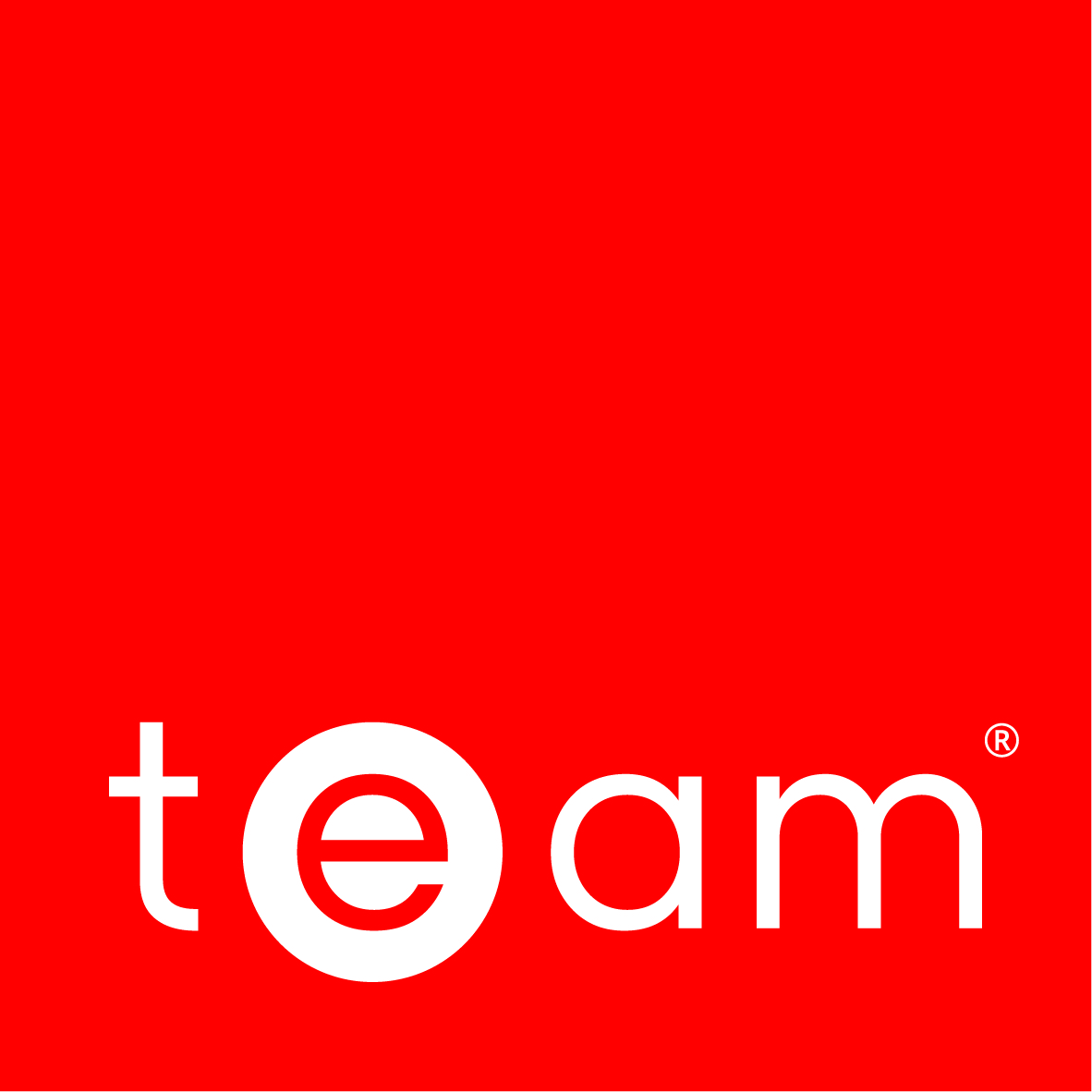The Energy Savings Opportunity Scheme (ESOS) and Streamlined Energy and Carbon Reporting Scheme (SECR) have become part of the regulatory landscape since coming into force in 2014 and 2019, respectively.
These separate schemes are both mandatory for large businesses that meet the scope, but many may not realise that some parts of the compliance overlap. This means that companies who split out their ESOS and SECR are missing the opportunity to streamline both the work and cost involved in meeting the compliance.
Let’s recap on what ESOS and SECR are
ESOS is a mandatory piece of EU legislation requiring large companies to submit an energy report to the Environment Agency every four years. An ESOS report analyses a company’s energy data over a 12-month consecutive period. As of yet, there is no requirement to record emissions.
SECR is a mandatory UK government framework that, in part, replaced the Carbon Reduction Commitment (CRC) Energy Efficiency Scheme in April 2019. Its aim was to simplify the reporting process for companies and reduce emissions by requiring businesses to calculate and report on their energy usage and greenhouse gas emissions.
What are the differences?
At the most basic level, the difference between ESOS and SECR is what they measure; ESOS examines energy use, while SECR focuses on a company’s emissions.
ESOS requires businesses in scope to identify opportunities for improving their energy efficiency and list these in their report. However, SECR requires businesses to report on what actions they have taken during the reporting year to cut energy use and emissions but does not expect them to mention any planned or possible future actions.
There are roughly 11,000 businesses considered ‘large undertakings’, that fall into scope for ESOS, in the UK. This means companies who either employ 250 or more people or have an annual turnover above £44 million and a balance over £38 million. This is larger than the size threshold for SECR, which has roughly 14,000 businesses in scope. SECR affects three types of UK organisations: Companies listed on a stock exchange; Companies that qualify as ’large’ (using the definition in the Companies Act) and Limited liability partnerships (LLPs) that qualify as ’large’.
ESOS does apply to overseas companies if they have a UK-registered establishment with 250 or more employees, however, SECR does not apply to organisations that are not registered in the UK.
What are the benefits?
Both schemes have been designed to help businesses. ESOS helps raise awareness of energy consumption issues, and ensures that your company is running as energy efficiently as possible. This has two significant benefits; helping to reduce your carbon emissions and lower your energy bills.
SECR aims to bring the benefits of carbon and energy reporting to more businesses. The reporting framework is intended to encourage the implementation of energy efficiency measures, with both economic and environmental benefits, supporting companies in cutting costs and improving productivity at the same time as reducing carbon emissions.
Benefits of combining
It is easy to assume that with all the differences between ESOS and SECR that each should be undertaken separately, however, the principles of collecting, processing and understanding the data is the same.
So, if your business is in scope to comply with both, here are a few reasons why it is smart to combine them:
- Because ESOS spans a four-year cycle, it can often be left to the last minute. In our experience, companies who do this run the risk of missing the compliance deadline and gaining a financial penalty. We encourage companies to start their ESOS as much as they can, as soon as they can. The most time-consuming task is the audit process, so by collecting the data with both schemes in mind you effectively ‘kill two birds with one stone’ and then you can focus on the audits involved in the ESOS.
- SECR and ESOS responsibilities may belong to different people or departments. By engaging with colleagues across the business, the collaboration will ensure there is no duplication when it comes to data collection, energy profiling or benchmarking.
- Your annual SECR processes will help to phase the workload for an ESOS schedule. For example, by collating SECR data annually, you will already have all the data, including the hard to gather data, ready for your ESOS report.
- By using the SECR data you already have in your energy management database, not only will you find it easier to create reports for ESOS, it will provide insights on what data you should focus on collecting.
- Completing ESOS surveys can help businesses identify energy efficiency projects which can positively feed into your SECR reporting.
- Joining up these compliance processes helps you to approach net zero with a single focussed strategy rather than in a series of compliance box ticking.
So as you can see it pays to combine your ESOS and SECR compliance. If you would like to know more about how you can do this in time for ESOS Phase 3, you can get in touch to speak to a member of our team, or, for more information, contact us via our ESOS enquiry page. Also, consider taking a look at our range of ESOS articles and news posts.
